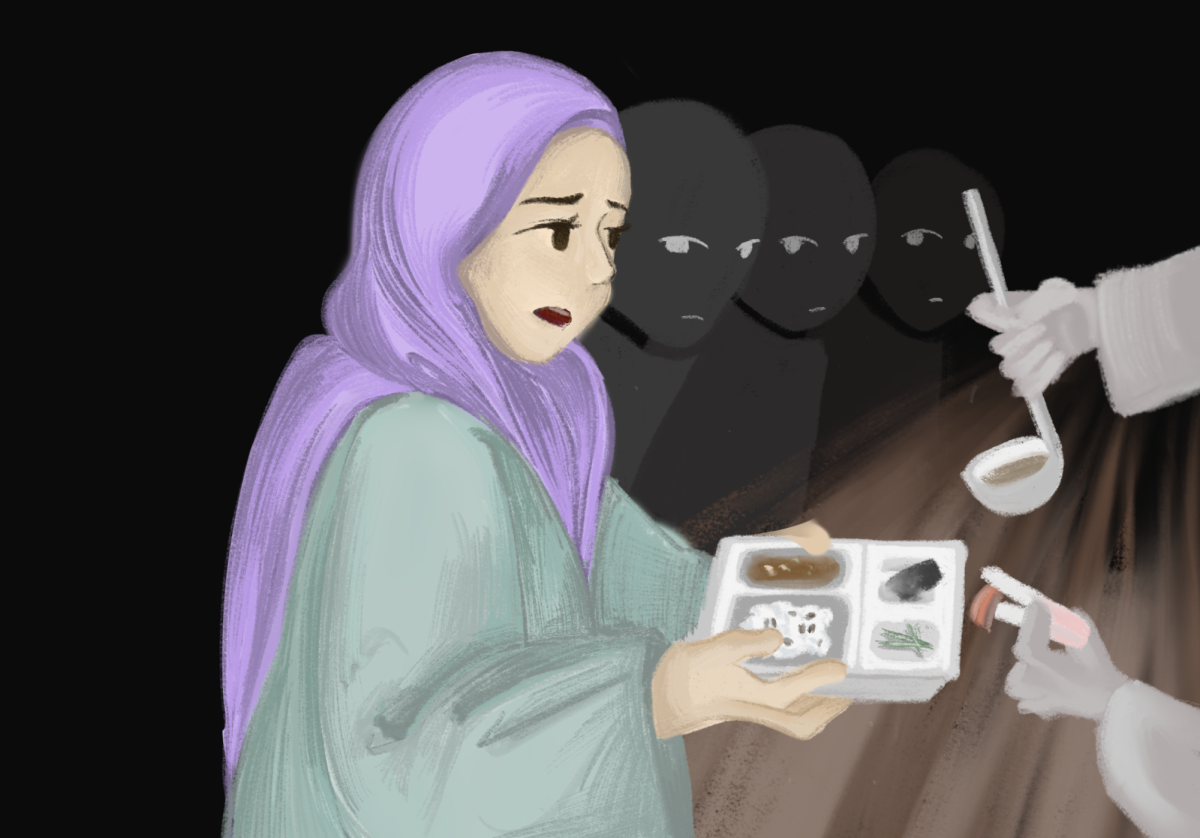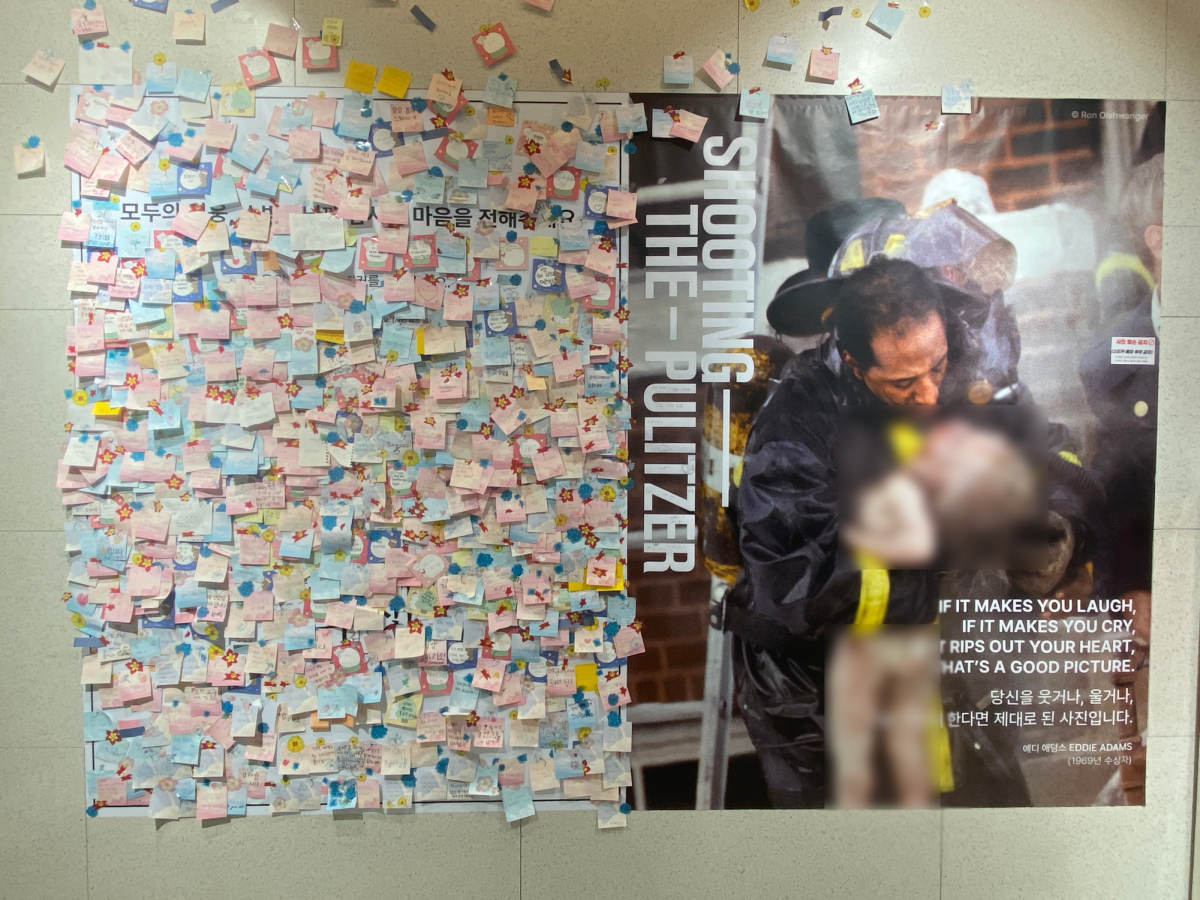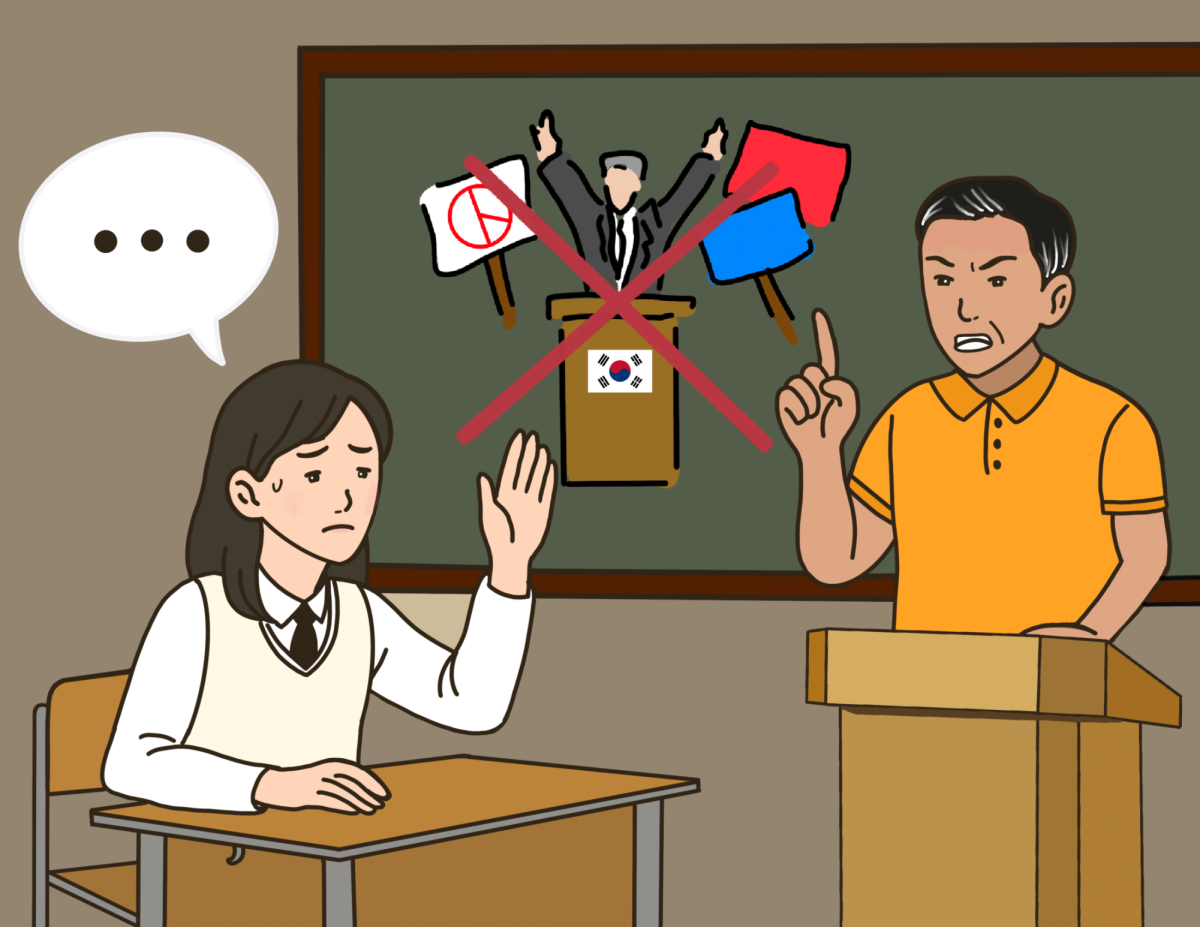“The Trauma Code,” a newly released Netflix drama, introduces Korea’s own fictional superhero, Gang-hyeok Baek. This figure doesn’t fight villains, but rather an endless battle between life and death. At Hankuk University’s Trauma Center, Baek saves countless lives – not with superpowers, but with unparalleled surgical skill. The series offers a fresh take on heroism and a closer look at trauma centers, a high-stakes environment where patients in critical condition are rushed to.
The story follows Dr. Baek, the newly appointed head doctor of the Trauma Center. His cold character distances him from other doctors in the hospital, but his brilliance also gains him many allies. His ability to bring patients back from the brink of death without breaking a sweat hooked the attention of even those with little interest in medical dramas.
Still, keep in mind that at the end of the day, “a drama is just a drama.”
Professionals in trauma surgery remarked on the absurdity of some of the surgeries that Dr. Baek miraculously performed, especially Baek’s decompressive craniectomy – a procedure removing a portion of the skull to relieve intracranial pressure – which took place in a helicopter.
Dr. Nam, a clinical assistant professor from Mokdong Hospital’s Department of Emergency Medicine, pointed out the impracticality of such a procedure. Not only does it take only 20 minutes for helicopters to take off and land in Korea, but a mid-flight open brain surgery harbors high risks of infection. In real life, such a rash attempt would only exacerbate the patient’s condition.
Nak-jun Lee, the author of the web novel the show is based off of, conceded that Baek’s actions deviate from reality. Rather, Lee needed a figure that could single-handedly support the crumbling Trauma Centers. Fully aware that such a feat is impossible in the real world, the writer had no choice but to craft a superhero-like character.
Though the series comes with a hefty sprinkle of artistic license, the lack of support these centers face is far from fake. Lee took heavy inspiration from Professor Guk-jong Lee, the current Director of the Armed Forces Hospital in Daejeon.
A highly-regarded figure in the field, Guk-jong Lee and his team have long strived to overturn systemic challenges. His effort to publicize the importance of trauma care began with the “Operation Dawn of Gulf of Aden” back in 2011, a coordinated effort to save 21 hostages of Somali Pirates. Although the captain of the captured ship took a bullet, Lee saved his life.
This incident first brought trauma care to the eyes of the public, and Dr. Lee used the momentum to spark major reforms in the field. To this day, Lee heavily advocates for trauma system development and continues to dedicate himself entirely to saving lives.
Despite Guk-jong Lee’s best efforts, last year, the government provided only 900 million won to run Korea University Guro Hospital’s Trauma Surgery Specialist Training Center, effectively shutting down the only facility in Korea that supplies qualified specialists for the profession.
With the institute closed, it cuts off any other reliable way to resolve the rapid decline of personnel in the field. Ironically, the government reduced funds in the first place because trauma centers have been “underperforming”, which is inevitable given the subpar working conditions. In the end, the vicious cycle only continues to repeat itself, with the lack of staff dropping the performance even further.

As the first Korean medical drama to be released following the massive strike among doctors around the country, “The Trauma Code” addresses an often overlooked crack in the foundations of the nation’s medical industry.
Though it may be fiction, the struggles featured in the series echo the dire need for systemic reform in Korea’s emergency care. By blending cinematic exaggeration with painful truths, the series doesn’t just tell a story; it sends out a call — not for superheroes, but for real-world change.























































Kyla A. • May 1, 2025 at 7:28 pm
I’m watching the drama and it’s very entertaining! To those who like a bit of suspense with surgery, I would definitely recommend this!